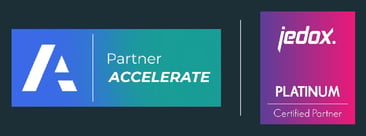Do you have Transparency of Tax Transfer Pricing?
Transfer Pricing is a common discomfort for any large multi-national company. The recent economic crisis has motivated tax authorities to look closer at maximising tax incomes and inter-company transactions are a key area of focus. Recent EU commission probes on Apple, Fiat and Starbucks are a good indication of this trend. Tightened regulation and reporting requirements are already coming into force.
Many companies try to address growing Transfer Pricing requirements using a variety of different methods. At one end of the scale, there are manual processes supported by spreadsheets, which are now clearly inadequate. However, the future belongs to solutions that are supported by latest technology, that provide more robust processes, deliver greater transparency and more trust in the final results.
Creating Transparency
Key to transparency of results is in fact one of the most challenging areas of Transfer Pricing. This is cost allocation and calculation traceability. Calculations derived from multiple spreadsheet models are notoriously difficult to unravel, causing undue pressure on finance when results are challenged. A good transfer pricing solution is transparent. The results can be traced back to the source, allowing for quick and reliable analysis when a tax query arises.
Organisations that are capable of handling tax queries with confidence have robust profitability and cost management solutions in place. These are most often based on activity-based costing methodology, that can be applied for transfer price allocation. Where one legal entity performs more than one function, for example a distributor and a manufacturer, separation of costs and revenues is needed, before looking at the profitability of products. This is because different pricing methods are used depending on function.
They are also able to see full trace back of cost allocation to source costs, so have full transparency. This fosters trust in results, and importantly, the ability to answer tax questions quickly and confidently. It is not surprising that multi-national companies are moving further towards this model. How else can they keep up with tightened regulation and reporting demands and the very real threat of substantial fines that is now evident?

